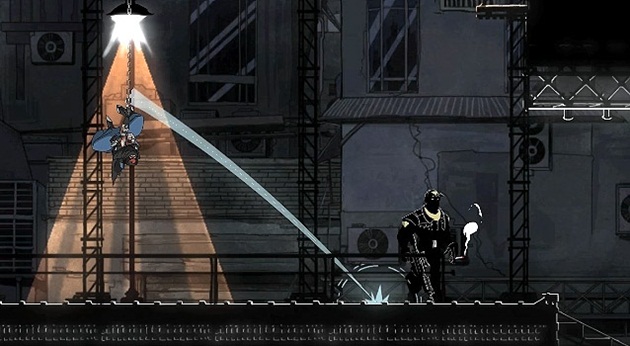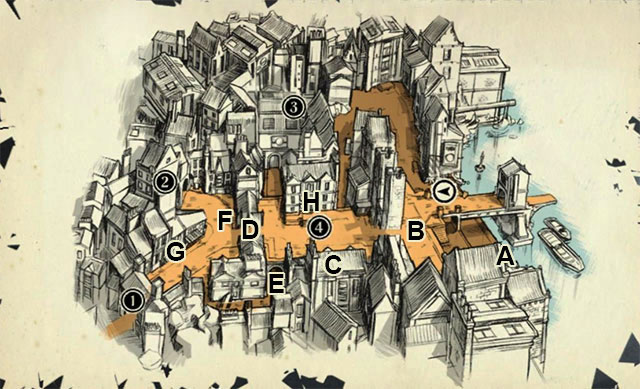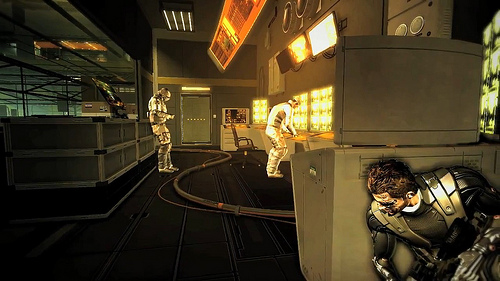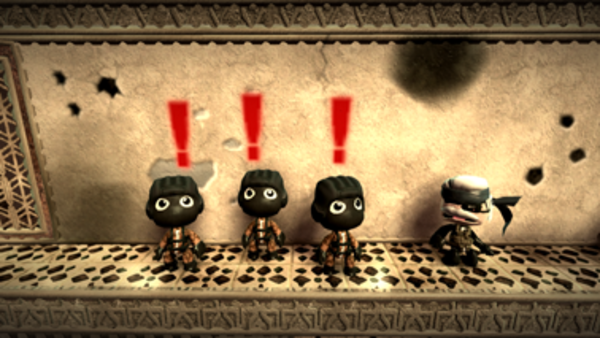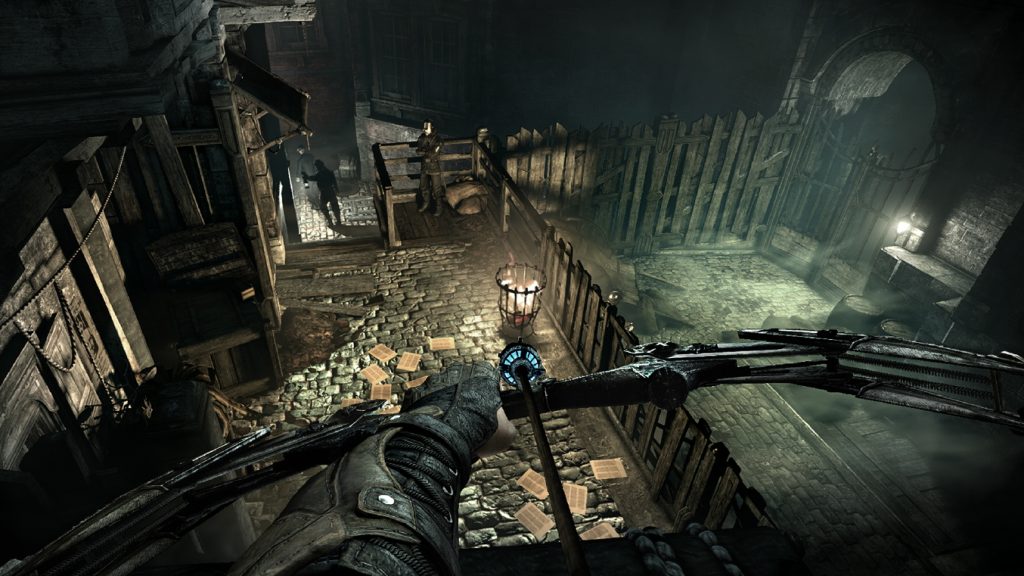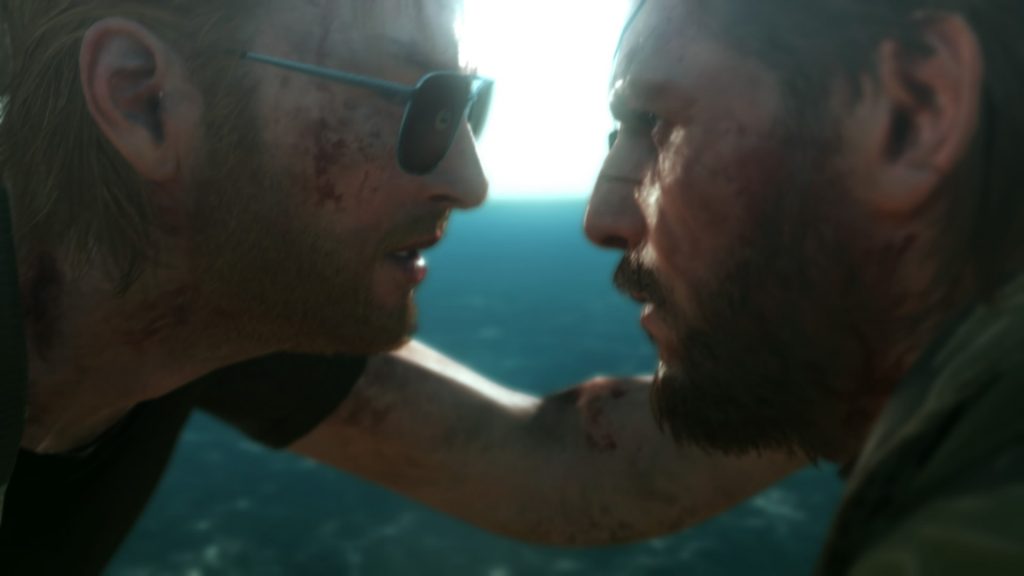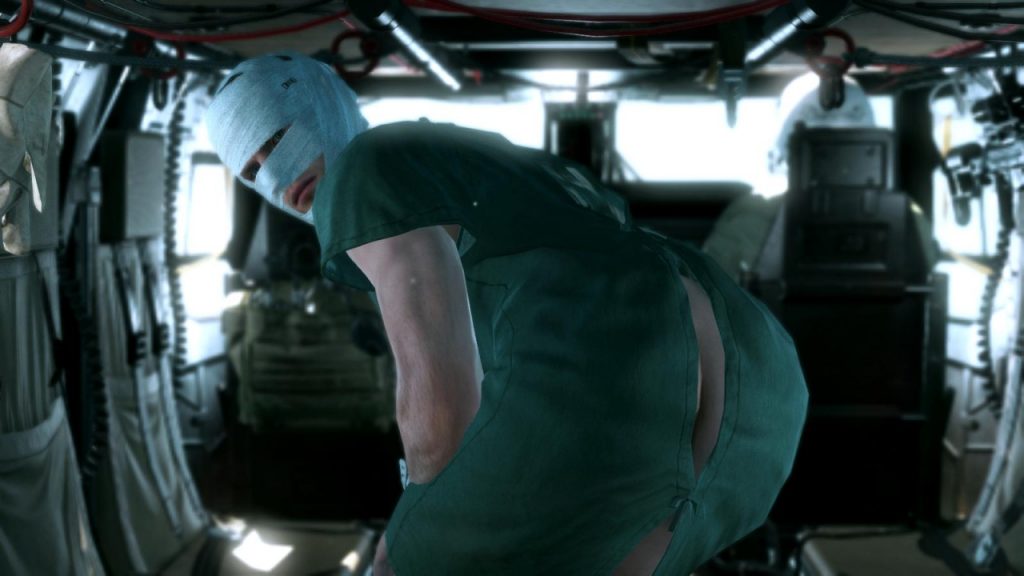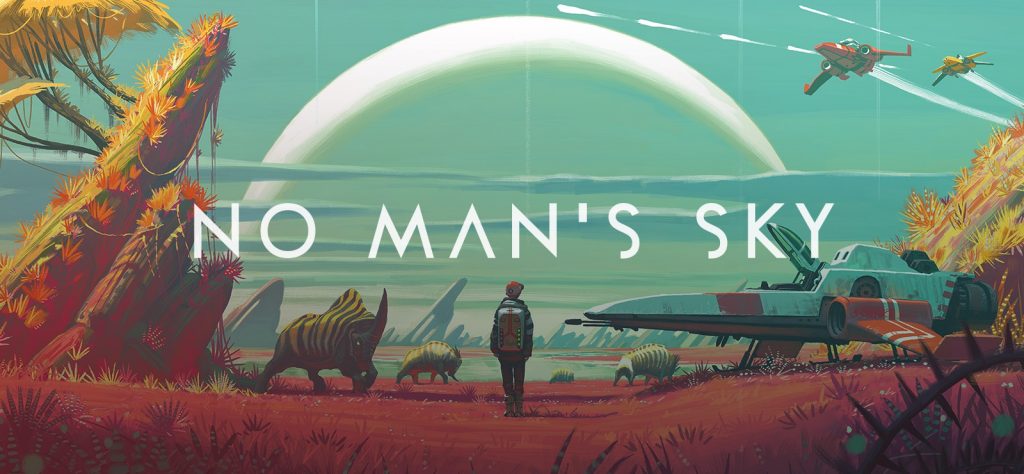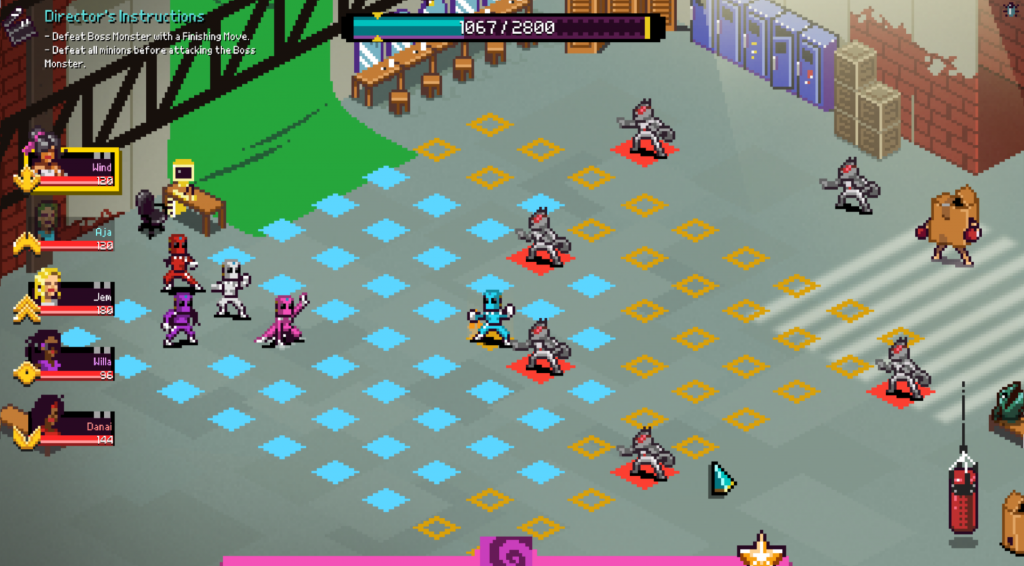It’s a game that’s struck me enough to write about, how about that.
I am gifted/cursed with perception. It’s almost certainly a function of low-grade ADHD, where my brain gets bored of whatever I’m directly looking at or listening to (or smelling, or feeling, or even tasting) and starts pulling in other sensory information to occupy itself. If I’m walking down the street talking to a friend, I can’t help but notice the smell from a nearby restaurant, the couple arguing in a car at the stoplight, the person doing their makeup in the car behind them, the person trying to stop their dog from dashing into the crosswalk, the book the person on that bench is reading, the whispered gossip from the pair crossing the other way, the irregular cracks in the sidewalk, the gentle plants sticking out from the gaps in the pavement, the places where water has pooled in the street instead of running to the drains, the seagulls fighting overhead…
You can see why I link it to semi-diagnosed neurodivergence.
The same perception is in effect when I’m playing a game (or doing anything, really), because I can’t turn it off. I can generally no more shut out the sounds of my office or the rain outside as I can ignore the feeling of each article of clothing I’m wearing on my skin, the omnipresent feeling of my wedding band on my finger, or the physical sensation of blinking. It means a lot of games simply aren’t engaging enough for me to get really immersed.
I’ve had an ongoing conversation with friends (and on our podcast) where I don’t really get games that are about “turning your brain off” because they’re low-impact. For me those games are Ikaruga, bullet hell shooters, or extremely high intensity games like Nerts. If I overload my sensory input, I can relax. It’s true outside of games, too. A theme park, a loud dance floor or concert with bright lights and a ton of people, or a big outdoor event (though usually not protests, those have an undercurrent of anxiety that I can never shake) all give me a kind of peace and clarity. I crossed the street at the Shibuya Crossing while vacationing in Tokyo, and it was such a sublime, calming experience I did it several more times for no reason other than to get lost in the scramble.
So, Indiana Jones.
It’s a stealth game, in theory. Stealth games are games about perception, about paying attention. You’re keeping track of your surroundings in order to move through a space, both determining where you should be at any given moment (usually to avoid detection) and where you need to go, and then working out a path based on what you can observe to get from one to the other. You take risks in order to observe better, peeking around a blind corner or popping up to get a better vantage point. Guards walk in the places normal people walk — streets, sidewalks, inside buildings, so you can get an advantage if you can notice paths normal people wouldn’t walk — rooftops, treetops, underground.
A good stealth game is not about hiding and sneaking; it’s about the environment, and having an environment that both offers enough for you to notice and find satisfying and is, itself, satisfying to overcome. Thief is a game about light, shadow, and sound, remaining unseen and in turn finding small, valuable things to take with you along the way, taking risks to reach them. Dishonored is similar, remain unseen, remove cogs in the machine that is the way guards move until it shuts down without collapsing and you can navigate the machine with impunity. Hitman is rarely about actually hiding and is more often about context, ensuring that you fit in and match what people expect.
Indiana Jones is about clonking Nazis and solving ancient puzzles, also often via clonking.
It is a stealth game, in that the environment is rich, full of interesting things to find and see and do, and you are rewarded for noticing things. For example, you’re rewarded for noticing the bottle of wine on the table near the fascist who’s attacking you by suddenly having an improvised weapon to turn the tide of that fight. You’re rewarded for noticing the layout and high cliffs of an area when you push a Nazi over a railing. You’re rewarded for sneaking up on that Nazi because now you can have a good laugh at his Wilhelm Scream as he falls instead of fistfighting him. You’re rewarded for noticing the windup of the blackshirt you’re fighting so you can parry his attack, and you’re rewarded for noticing the pistol in the hand of the SS officer so you can whip it out and turn a gunfight into a fistfight.
There’s only really as much sneaking as you’d expect from Indiana Jones, which is both a non-zero amount but also not the crux of the experience. You’re still a pulp action hero, not a superspy.
Unlike games like Dishonored or Metal Gear Solid, where detection by an enemy is heralded by loud, abrasive, alarming sounds and a feeling of failure, in Indiana Jones being detected often results in a quip from Indy — “uh, hey guys!” — and a feeling of inevitability. This was always going to go loud, or at least non-quiet, because you’re Indiana Jones, not Jason Bourne.
It leads to the kind of play that makes the game feel even more like the movies it’s based on — sneak in, shoot out, or punch a guy because it’s more annoying to slip around him than not. Maybe you miscalculate — Indy has bad plans sometimes, and maybe so do you. The game largely isn’t going to punish you for going a little bit loud.
It pulls this off by adding a thing that stealth games have had for a long time, but rarely used for much. Most stealth games appear to have two and a half stealth states: hidden, detected, and about-to-be-detected. They often actually have three, where there’s a third “detected but not enough to raise an alarm” which generally exists to give you a split second to react to being seen without everything going to hell. It’s the moment where the guard has seen you and before they shout for help, because every guard will shout for help almost immediately and cause the whole house of cards to crash down around you.
The first thing I noticed when I was seen in Indiana Jones was that the fascist who noticed me decided to handle the problem himself. I wrote it off as tutorialization, but when I later had my mouse disconnect after punching (but not knocking out) another fascist later, I saw him step away from me, and shout for help — AFTER having already tried fistfighting me.
Indiana Jones revels in that layer that in most stealth games lasts for a split second. Really loud noises can alert everyone in an area — whistles, horns, alarms, gunshots — but often the one or two enemies you see will start by trying to deal with you themselves. It means you can be seen and still win, still keep things under control and not have to either die and reload or leave a giant pile of bodies behind you. It means that if you take the “easy” way out and just start shooting people, it gets very loud very fast, and notably it means your enemies will escalate as well. An enemy with a gun does not always immediately resort to shooting you, but contextually you can guess whether they will or not, and often the thing that will cause them to start shooting is if you do it first. It all adds up into an experience that FEELS like an Indiana Jones movie.
It’s amplified by how much MachineGames feels like they get Indy, from every great dialogue bark to the feeling of chaos and overall pacing control they have. The first few areas are more slow and thoughtful, potentially plodding if you’re a completionist, and then it picks up at very high speed into the kind of action thrill ride you expect from Indiana Jones. I haven’t quite beaten it as of this writing, but I’m expecting a final, slower area, smaller than the first few but more intense, as a kind of culmination, just because it’s what I would expect from the movies. I won’t spoil it, but there are moments in the game that mirror classic scenes in the movies, and do so in actual play, giving you just a moment to notice what you’re looking at and how you can resolve it and doing so in classic Indiana Jones style. When I’m out of breath from an intense run and I see a guy block my path with a sword, weaving it through the air menacingly, I have a moment as I watch him to go “wait, I know how this goes” and do the scene properly. It’s very satisfying, and totally optional. It’s just a little reward for noticing.
As I’ve been playing, I’ve been deeply immersed because there are so many things for my brain to notice and pick up on. It would be a fun ride even if I didn’t, but for me it’s giving me everything I love in a stealth game without actually really being a stealth game. It’s a rollicking action movie of a game, but it’s not simple about it. The backgrounds are more than just set dressing, the spaces are crafted and thoughtful, not just where I fight the next encounter. It satisfies my perception, because it’s not just picking out nice textures or cute background details, it’s walking into a room and noticing everything I can use as a weapon or tool.
I haven’t been this into a game in years. I’m going to be sad when it’s over, and there’s a decent chance I go and try to 100% it. Easy call for Game of the Year.

